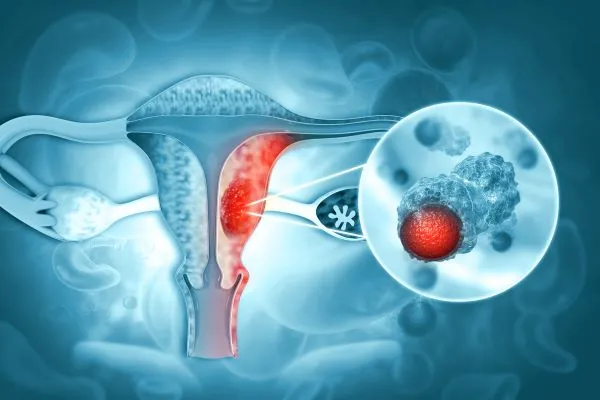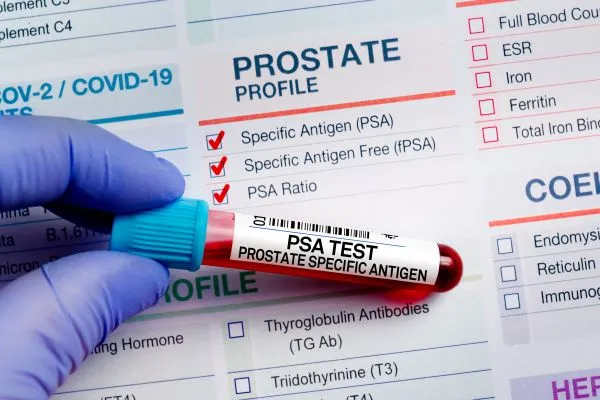Oncology & Hematology Coding Alert
Differentiate Between These Codes to Report NETs
Question: One of our oncologists documented “left kidney, NET [neuroendocrine tumor], well differentiated.” When I go to the ICD-10-CM Alphabetic Index, I cannot find an entry for a well-differentiated NET. As the entry for “malignant poorly differentiated” takes me to C7A.1, it would make sense that D3A.8 would be the code for well-differentiated. However, my pathologist says all NETs are malignant and should automatically be coded as such. If that is so, then why would the index list both a C and D code for NET? AAPC Forum Participant Answer: You are correct in saying that there is a code for a poorly differentiated NET: C7A.1 (Malignant poorly differentiated neuroendocrine tumors). Well-differentiated tumors, as you also point out, do not have their own codes. From a clinical perspective, your pathologist has a point: All NETs can become malignant over time. But well-differentiated NET cells grow and spread more slowly than poorly differentiated NETs. This is why ICD-10 includes codes for benign neuroendocrine tumors in the D3A.- (Benign neuroendocrine tumors) code group, and a well-differentiated left kidney NET can be coded to D3A.8 (Other benign neuroendocrine tumors). However, before assigning this code, it would be a good idea for you to work with your provider and your pathologist to make sure their clinical understanding aligns with your coding. This will ensure this encounter has been properly documented.
Related Articles
Oncology & Hematology Coding Alert
- Radiation Oncology:
Make Radiation Treatment Management Codes Count
But use this one code sparingly, if ever. There are many moving parts to radiation [...] - Coding Quiz:
See If You Can Ace This Aftercare/Follow-Up Quiz
Hint: You can’t interchange these terms. You may think that follow-up care and aftercare are [...] - Reimbursement:
Prevent Denials Before They Occur With These 4 Tips
Here’s how to get all your documentation ducks in a row. If you’ve been experiencing [...] - Coding Quiz Answers:
Check Your Answers to Our Aftercare/Follow-Up Quiz
Don’t forget the difference between antineoplastic therapy and surgery aftercare. Once you’ve answered the quiz [...] - You Be the Coder:
Modify Your Understanding of These Delivery and Treatment Codes
Question: We were denied for billing G6002 and 77412 with place of service (POS) code 22. [...] - Reader Questions:
Phone-In This E/M Encounter
Question: We had a patient present to the office for a follow-up appointment. When the patient [...] - Reader Questions:
Differentiate Between These Codes to Report NETs
Question: One of our oncologists documented “left kidney, NET [neuroendocrine tumor], well differentiated.” When I go [...] - Reader Questions:
Follow This Advice for First-Listed Dx
Question: When a new patient comes in to establish care with one of our oncology providers [...]




